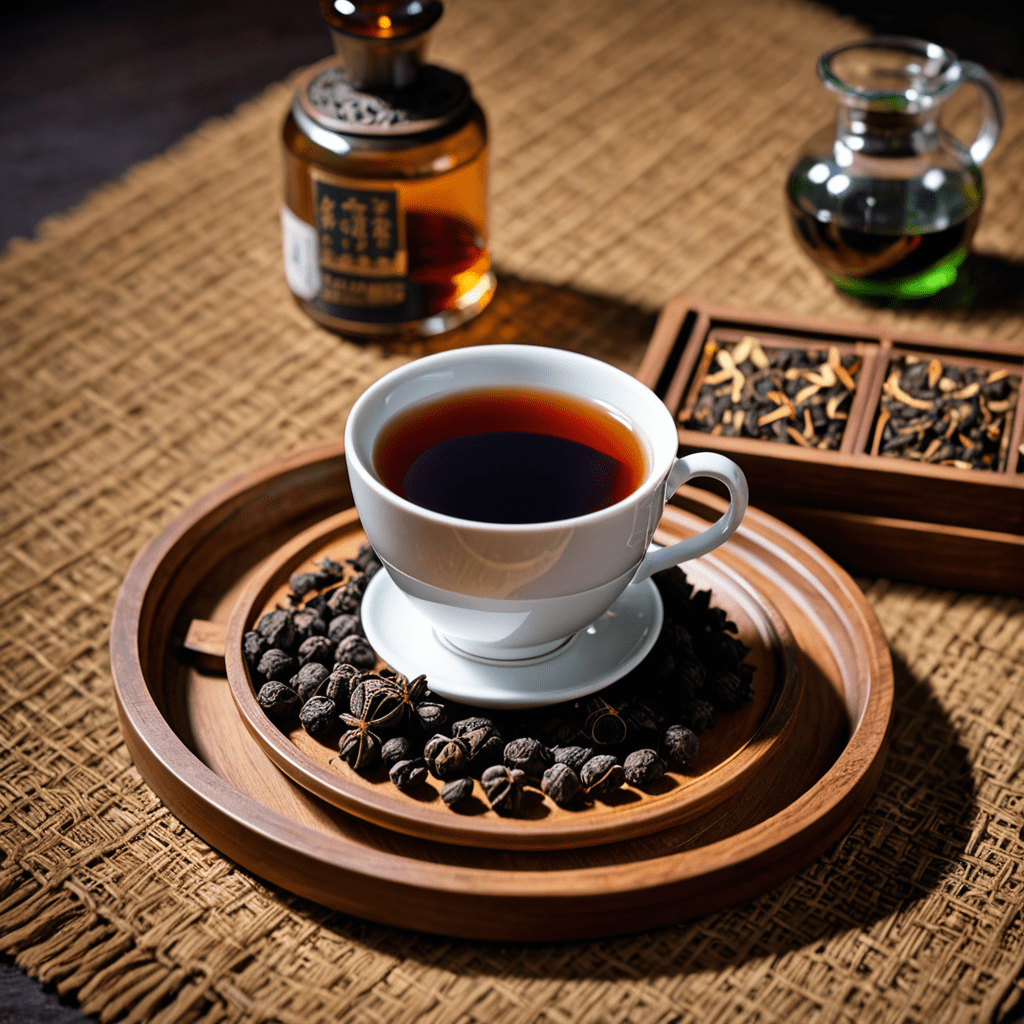Unlock the Delicate Flavor of Green Tea Soba Noodles
The History of Soba Noodles
Soba noodles have been a staple in Japanese cuisine for centuries, with a rich history dating back to the Edo period. These thin, delicate noodles are traditionally made from buckwheat flour, creating a nutty and earthy flavor profile.
Introducing Green Tea Soba Noodles
Green tea soba noodles, also known as “cha soba,” are a variation of traditional soba noodles infused with green tea powder, or matcha. This infusion imparts a vibrant green color and a subtle, earthy flavor to the noodles, elevating them to a new level of culinary delight.
The Unique Flavor Profile of Green Tea Soba Noodles
The addition of green tea powder to soba noodles adds a complexity of flavor, combining the nuttiness of buckwheat with the grassy and slightly bitter notes of green tea. The result is a delicate and refreshing taste that pairs beautifully with various ingredients and seasonings.
Culinary Applications of Green Tea Soba Noodles
Green tea soba noodles are versatile and can be enjoyed in a variety of dishes. They are commonly served cold with a dipping sauce, known as “zaru soba,” making for a refreshing and light meal, especially during hot weather. Additionally, they can be used in soups, salads, and stir-fries, offering endless possibilities for creative culinary creations.
Health Benefits of Green Tea Soba Noodles
Incorporating green tea into soba noodles not only enhances their flavor but also provides an array of health benefits. Green tea is renowned for its high antioxidant content, which can promote overall well-being and support a healthy lifestyle. When paired with the nutritional benefits of buckwheat, green tea soba noodles become a nutritious choice for any diet.
Tips for Cooking and Serving Green Tea Soba Noodles
To fully enjoy the delicate flavors of green tea soba noodles, it’s essential to cook and serve them with care. Boil the noodles just until they are al dente, then rinse them under cold water to maintain their firm texture. When serving, consider garnishing the noodles with finely sliced green onions or toasted sesame seeds for added visual appeal and flavor.
Exploring the World of Green Tea Soba Noodles
Green tea soba noodles offer a delightful fusion of traditional Japanese culinary heritage and the nuanced elegance of green tea. Whether enjoyed in a simple dipping sauce or incorporated into a complex dish, these noodles are a testament to the artistry and versatility of Japanese cuisine.
Frequently Asked Questions about Green Tea Soba Noodles
Q: Can green tea soba noodles be substituted for regular soba noodles in recipes?
A: Yes, green tea soba noodles can be used as a unique alternative to traditional soba noodles in a wide range of recipes, adding an intriguing flavor dimension to the dish.
Q: Are green tea soba noodles gluten-free?
A: While the primary ingredient in soba noodles is buckwheat, which is naturally gluten-free, it’s important to check the product label, as some varieties may contain a blend of wheat flour and buckwheat.
Q: How should green tea soba noodles be stored?
A: Store green tea soba noodles in a cool, dry place away from direct sunlight. Once opened, it’s best to consume them within a few months for optimal freshness.
Q: What are some traditional accompaniments to green tea soba noodles?
A: Traditional accompaniments to green tea soba noodles include a dipping sauce made from soy sauce, mirin, and dashi, as well as garnishes such as grated daikon radish, nori seaweed, and wasabi.
Q: Can green tea soba noodles be served hot as well as cold?
A: Yes, green tea soba noodles can be enjoyed hot in soups or stir-fries, offering a different culinary experience from the cold preparation commonly known as zaru soba.

